Jewish History: Holocaust
Dina Abramowicz
After surviving the Holocaust, first in the Vilna Ghetto and then with the partisans, Dina Abramowicz became the formidable head librarian of the YIVO Institute for Jewish Research. During her tenure, she vastly expanded the library’s collections and was regularly sought out by scholars for her prodigious memory regarding Yiddish literature, children’s literature, the Holocaust, and modern Eastern European Jewish history and culture.
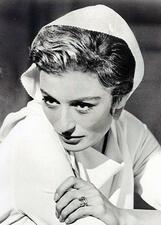
Anouk Aimée
French actress Anouk Aimée is perhaps best known for her remarkable presence as an icon of cool, sophisticated beauty in more than seventy films across seven decades. She brilliantly dramatized her identity as a Jewish woman affected by the burden of history in her 2002 role as a Holocaust survivor returning to Auschwitz in La Petite prairie aux bouleaux (The Little Meadow of Birch-Trees).
Ruth Aliav-Klüger
Ruth Aliav-Klüger was the only woman among the early members of Mosad le-Aliyah Bet, the “illegal” immigration branch of the underground paramilitary organization Haganah that smuggled Jews out of Europe and into Palestine during World War II.

Tosia Altman
Tosia Altman played important roles in the Jewish resistance to the Nazis. Her pale skin and blonde hair allowed her to blend in and serve as a spy, and she was integral to the 1943 Warsaw Ghetto Uprising.
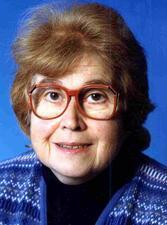
Ziva Amishai-Maisels
Ziva Amishai-Maisels is an Israeli/American art historian whose research on modern Jewish and non-Jewish art and on the impact of the Holocaust on art are an outstanding contribution to the study of art.
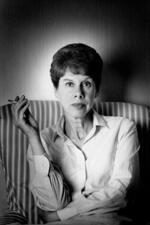
Anglo-Jewish Writers in the Twentieth and Twenty-First Centuries
Anglo-Jewish women writers have been active creators within the British literary arena since the late nineteenth and early twentieth century. The 1960s and 1970s saw the emergence of a number of Jewish female voices, although it was not until the 1990s that the works of Jewish women writers began to be recognized as part of the British literary canon. Anglo-Jewish women writers’ multifaceted perspectives are reflected in a literary production characterized by experimentation and fragmentation.
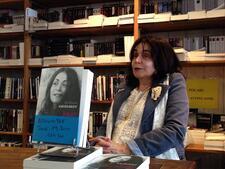
Myriam Anissimov
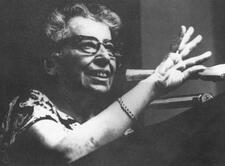
Hannah Arendt
Brilliant and controversial, Hannah Arendt was a German-trained political theorist whose books exerted a major impact on political theory in North America and Europe. The Origins of Totalitarianism (1951) made her an intellectual celebrity in the early years of the Cold War. She was the first woman to become a full professor at Princeton University.
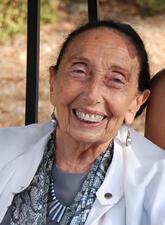
Yehudit Arnon
After surviving the Holocaust and immigrating to Palestine, Yehudit Arnon played an influential role in shaping modern dance in Israel. In 1948 Arnon and her husband helped to smuggle more than 100 orphaned children to Palestine and settled in Kibbutz Ga'aton, where she founded the Kibbutz Contemporary Dance Company.

Art During the Holocaust
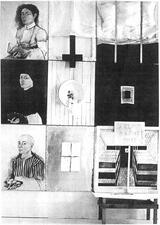
"Second Generation" Women Artists in Israel
Israeli women artists, second generation descendants of Holocaust survivors, have expressed in their art the grim atmosphere of absence, emptiness, and loss they absorbed. Their individual responses to the Holocaust differ in intensity and power.
Artists: Contemporary Anglo
In Britain, both feminism and feminist art took considerably longer to emerge and make their mark than in the United States, but when they did, many Jewish women artists created profound artistic work. British Jewish women artists generally hold both Jewishness and gender as central to their artistic output. Their art reveals the diverse ways in which women perceive their Jewishness in contemporary Britain.
Associazione Donne Ebree D'Italia (ADEI)
The Association of Italian Jewish Women, or ADEI, was founded in 1927 in the city of Milan, Italy, home to the second largest Jewish community in the country.
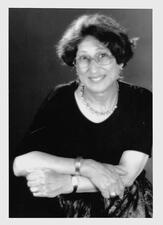
Liliane Atlan
Liliane Atlan (1932-2011) was a post-World War II French Jewish writer whose stylistically innovative plays, poetry, and narratives represent themes rooted in Jewish tradition. In a literary world shattered by the reality of the death camps, Atlan questions Messianic faith, patriarchal values, and humanistic philosophy.
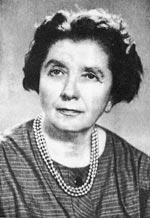
Rokhl Auerbakh
Rokhl Auerbakh (1903–1976), a member of the Polish-Jewish literary elite, ran a soup kitchen in the Warsaw Ghetto while simultaneously recording the voices of its captive inhabitants in her writing. She ultimately survived the war by passing herself off as an "Aryan," and went on to found the Department for the Collection of Witness Testimony at Yad Vashem in Jerusalem.
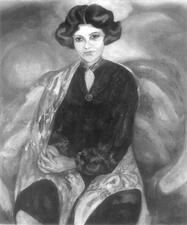
Rose Ausländer
Rose Ausländer was an acclaimed German-language poet, whose poetry reflects her awe for the natural world, her experience during the Holocaust, her travels through Europe, and the close relationships she had with friends and family, particularly her mother. The bulk of Ausländer’s work was published after 1965, when she settled in Düsseldorf, Germany.
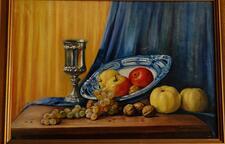
Austria: Jewish Women Artists
Most Jewish women artists from Austria have been forgotten due to the male domination of the Austrian art sphere and the Holocaust. However, many Jewish female artists in Austria created influential work and established their own system of education and their own organizations, leading to a flourishing female art world until 1938.
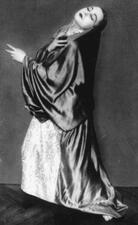
Tatjana Barbakoff
The daughter of a Chinese mother and a Russian Jewish father, Tatjana Barbakoff used her mixed heritage as inspiration for stunning and innovative dance performances. Her expressive technique entranced critics, while her costumes inspired dozens of painters and sculptors to capture her likeness. In 1944, she was killed in Auschwitz.
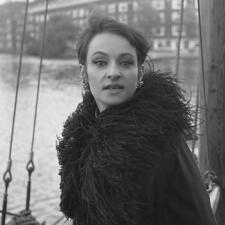
Barbara (Monique Andree Serf)
Barbara (Monique Andrée Serf) was a French singer and composer whose melancholy style rose to national significance. Born in Paris in 1930, after World War II Barbara studied music, rising to fame in the 1960s. Her Jewish identity and wartime experience as a child influenced her non-conformist persona as an artist, and through her song lyrics, she advocated for Franco-German reconciliation.
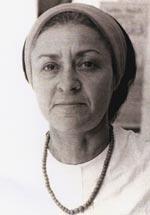
Rivka Basman Ben-Hayim
Born in Wilkomir, Lithuania, in 1925, the much-awarded Rivka Basman began writing poetry at an early age. She composed poetry during the Holocaust, and continued to publish books of lyrical poetry long after. Only late in life did she directly address her experiences during the Holocaust.
Matilde Bassani Finzi
Matilde Bassani Finzi was an active Italian anti-fascist who relentlessly fought the injustices of Mussolini and the Nazis. She continuously worked towards the ideals in which she believed: freedom, democracy, and equality for women.
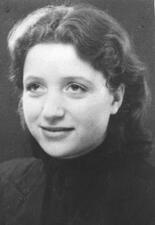
Baum Gruppe: Jewish Women
Formally created in 1938 and 1939, the Baum group was a German anti-Fascist resistance organization. Initially its work consisted of making and distributing anti-Fascist propaganda, but on May 18, 1942, the Baum group joined the effort to set fire to an anti-Soviet exhibit at a public park in Berlin. The damage was minimal and shortly thereafter, the Gestapo arrested hundreds of Jews in retaliation and twenty-two members of the Baum group were executed.
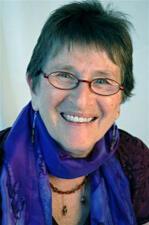
Evelyn Torton Beck
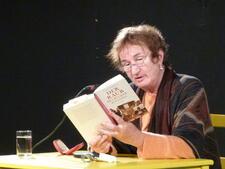
Katja Behrens
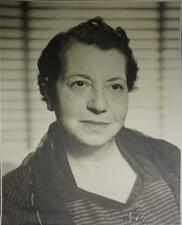
Hélène Cazes Benatar
Hélène Cazes Benatar was a Moroccan-born human rights lawyer who rescued thousands of refugees in North Africa during World War II. She was a life-long advocate for individual rights and political equality, especially for disenfranchised Maghrebi Jews. During World War II, she fought to protect victims of pro-Fascist Vichy rule; post-war, she promoted the migration of Moroccan Jews to Palestine and elsewhere.


